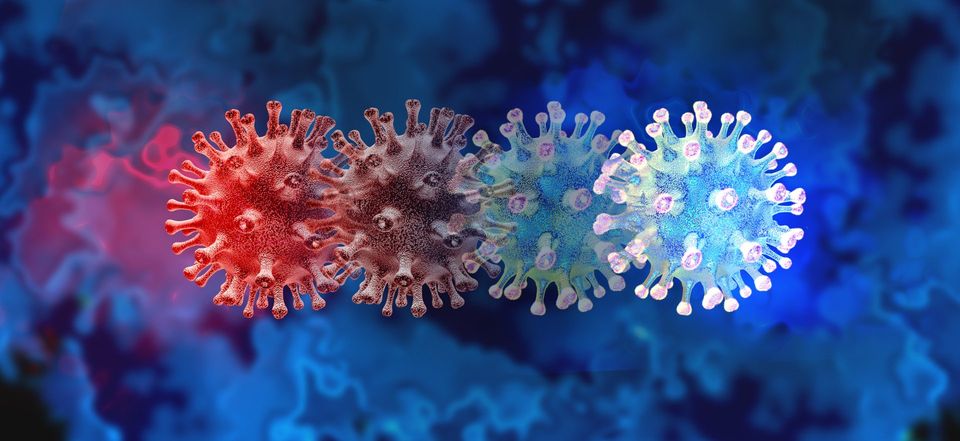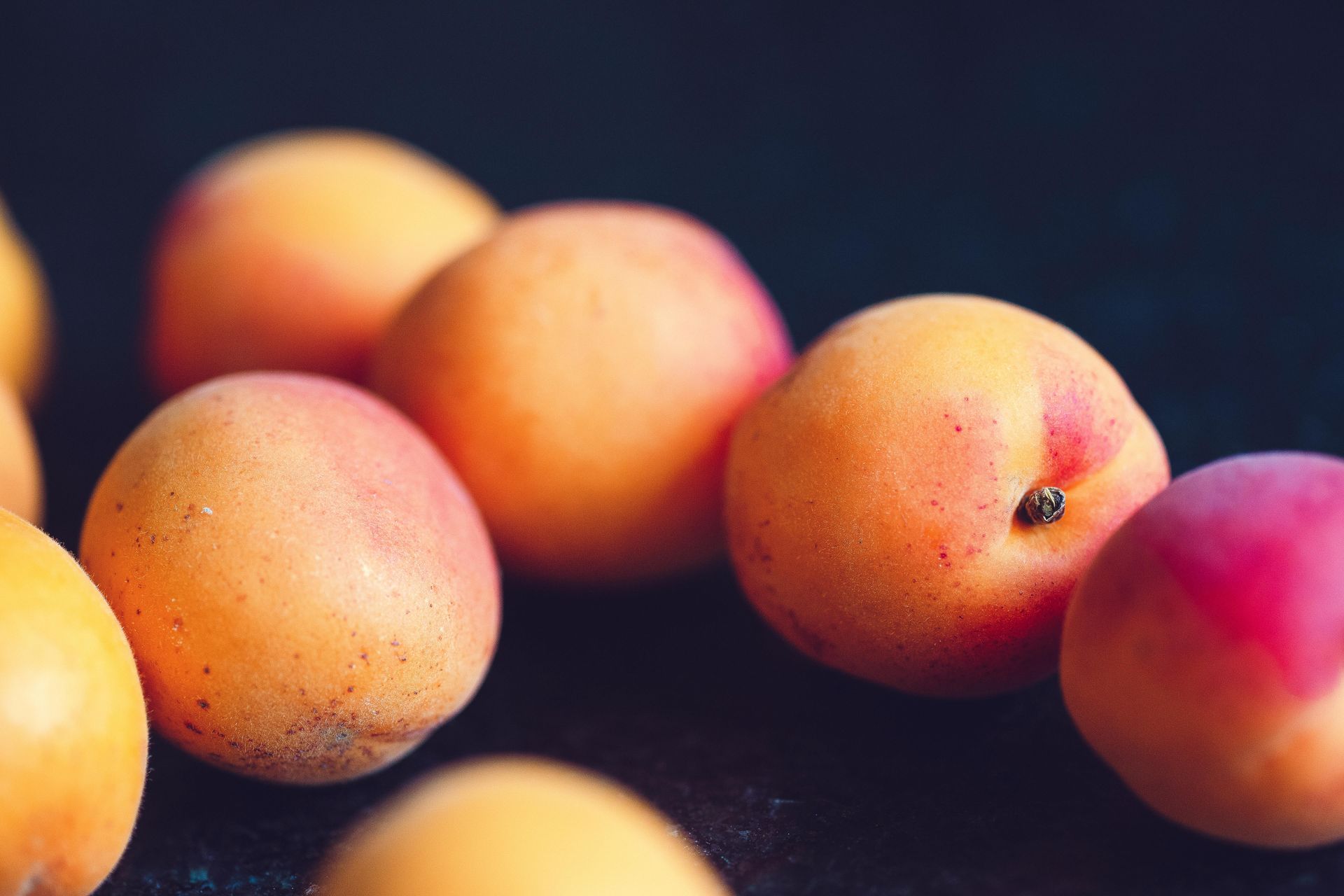About new variants, hybrids, and recombinant coronaviruses.

What is a ‘recombinant virus’? It’s bad news.
Recombinants are made up of a blend of two variants of the SARS-CoV-2 coronavirus, and scientists have found them spreading between people. This is increasing the risk of highly dangerous new variants, and it’s very worrying.
Recombinants enter the scene
The first recombination was noticed in February 2021, but at the time nobody knew whether it was out there in the wild. Two new analyses prove we have a worst-case scenario, with recombinants freely circulating.
This is a powerful source of evolutionary change in the coronavirus, and it could easily see recent mutations combining to create something ‘more dangerous’.
One analysis saw experts estimating as many as 1 in 20 of all the SARS-CoV-2 variants circulating in the UK and US are actually recombinants. They analysed more than 500,000 covid genomes from around the globe to find over a thousand potential recombinants, most very rare. But two are already circulating fast, one hitting the USA, UK, Singapore, Japan and Canada, and the other affecting the USA, UK, Canada and Denmark. Thankfully neither of them are ‘of concern’, and there’s no reason to believe these recombinants have changed the virus’ ease of transmission or its virulence.
When the recombinants combine
Other less common recombinants do feature scary mutations, and scientists are worried that recombining two lineages with higher transmissibility or virulence could prove lethally dangerous. Since the analysis took place we’ve already seen the commonest recombinant spreading horribly fast, becoming even more prevalent and widespread in the USA. This could be a sign of worse levels of transmissibility, but the numbers still need to be checked and peer-reviewed before any conclusions can be drawn.
The Walter Reed Army Institute of Research in Maryland has also done some research into recombination, examining 100,000 genomes from around the world at the end of October 2020, when fewer variants were circulating. They’ve pinned down a total of 8 potential recombinants. The research also hasn’t been peer reviewed yet but it hints that the circulation of SARS-CoV-2 recombinants could have ‘major implications’, especially if one of them escapes natural immunity and vaccine immunity so can’t be stopped in its tracks.
We’ve seen it happen with recombinant norovirus
We know what’s in store if that happens. In the past, recombined strains of norovirus have led to a fast escape from naturally acquired immunity, leading to brand new pandemics of gastroenteritis.
At the same time we’re seeing more evidence for recombination. The more people catch covid-19, the more risk there is of variants, and the more chance there is that these variants will recombine into something that could prove spectacularly nasty.
Stop it spreading, stop the recombinations
It’s the same as variants – the fewer of us catches the virus, the less chance it has to create new variants, and the less risk there is of the variants combining to create recombinants. Now, more than ever, businesses need to invest in our covid UVC disinfection tech!










